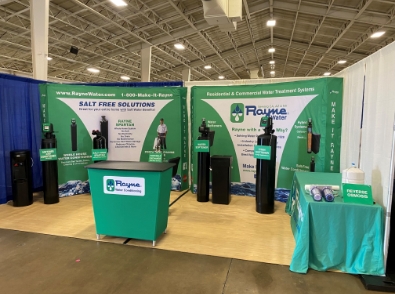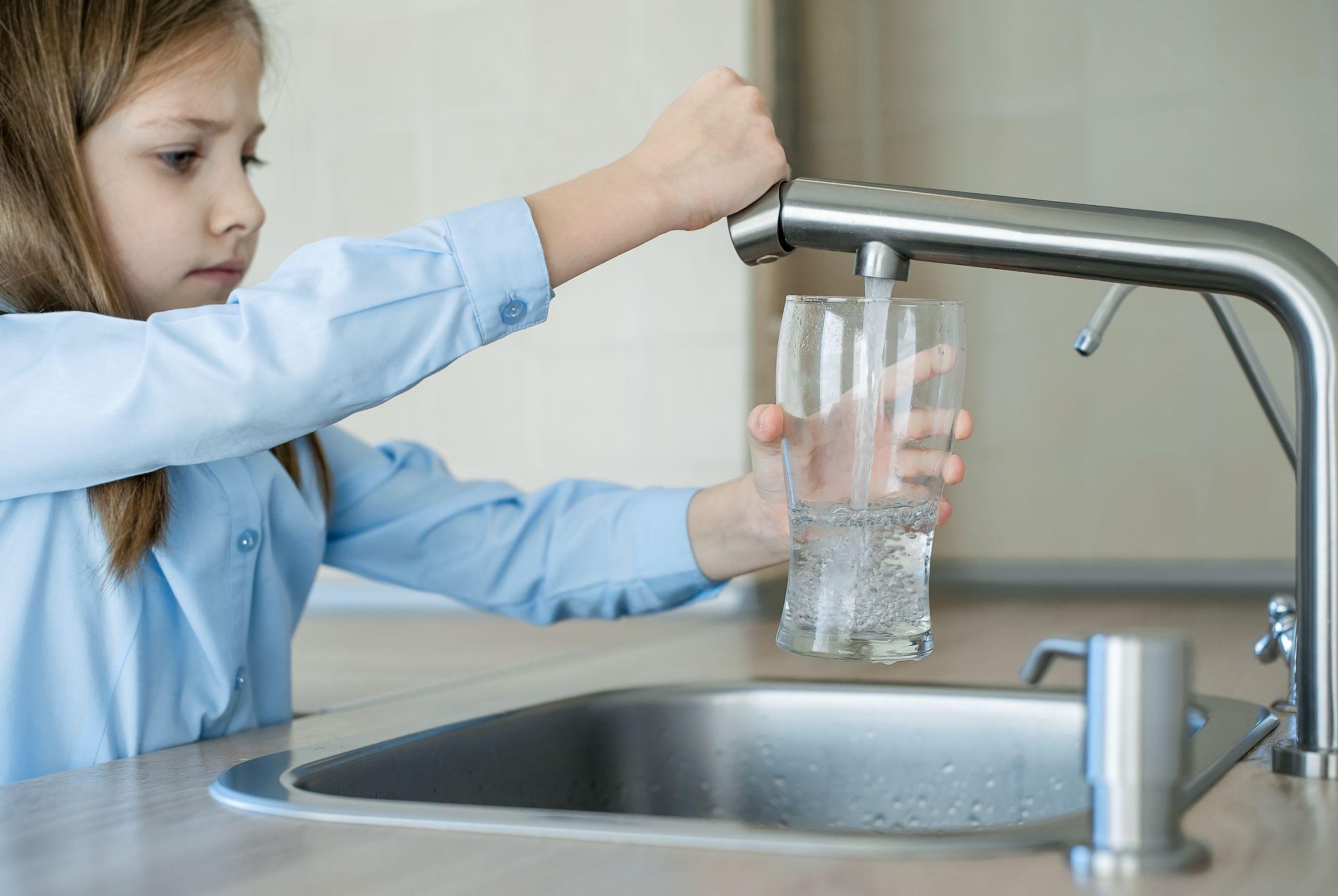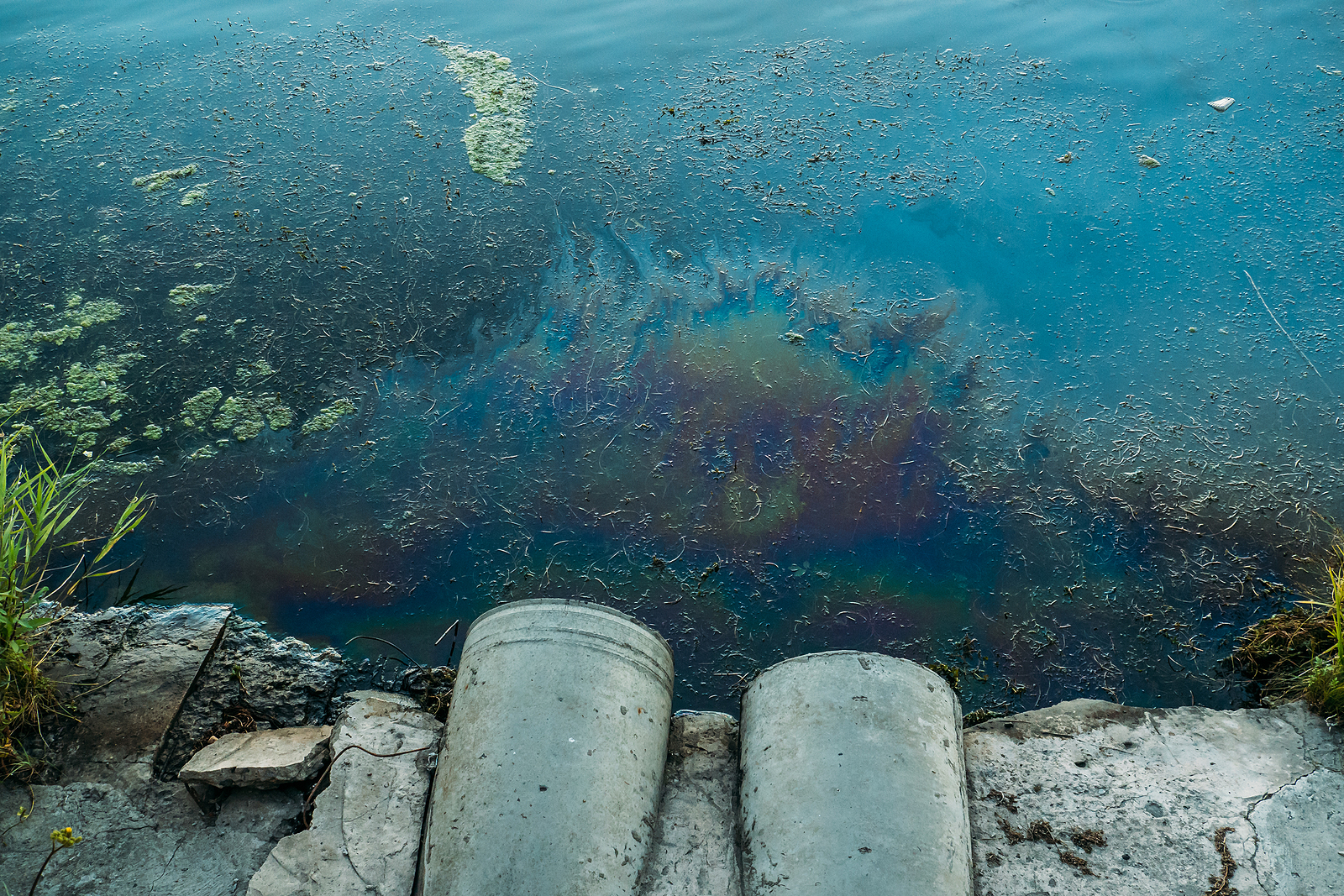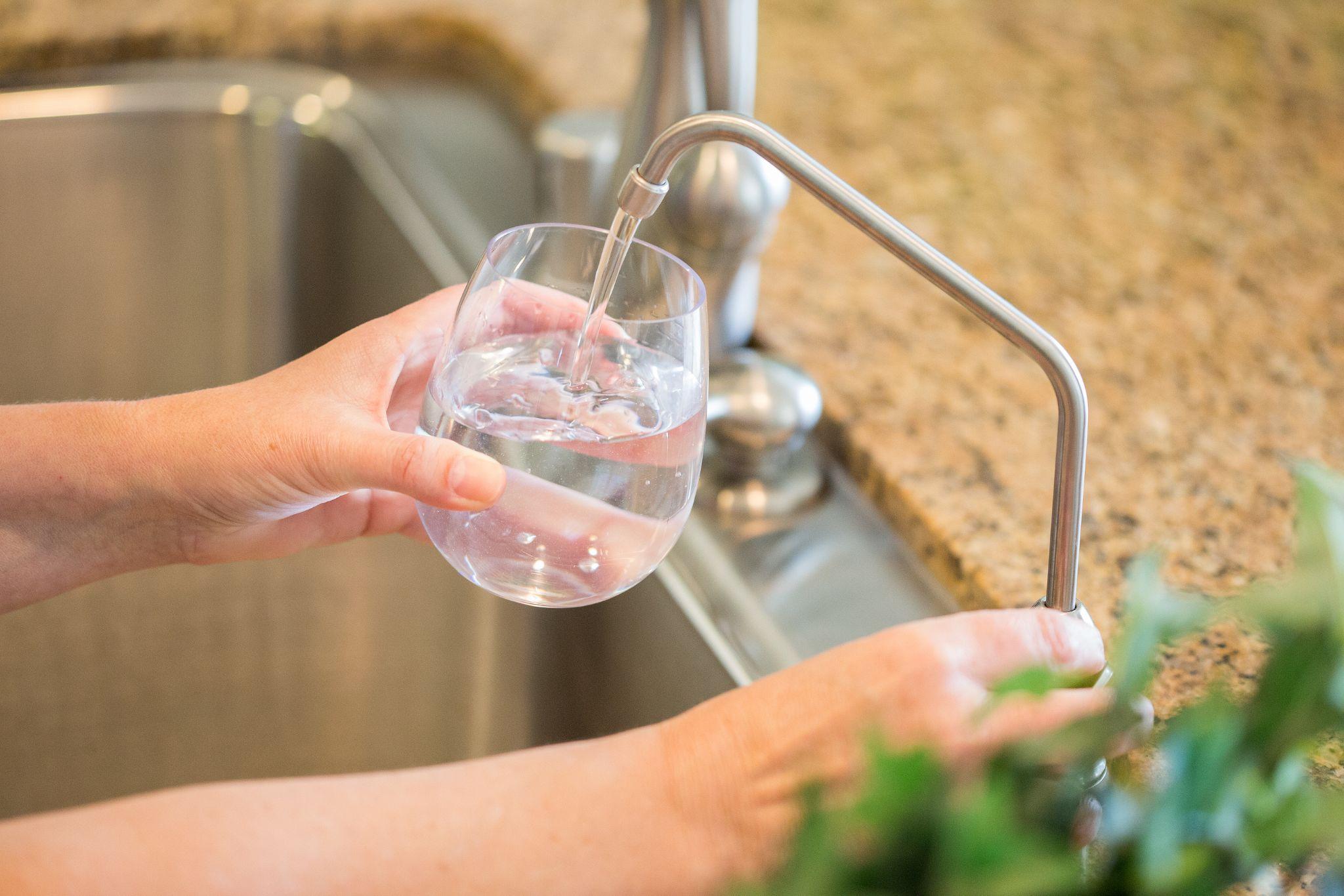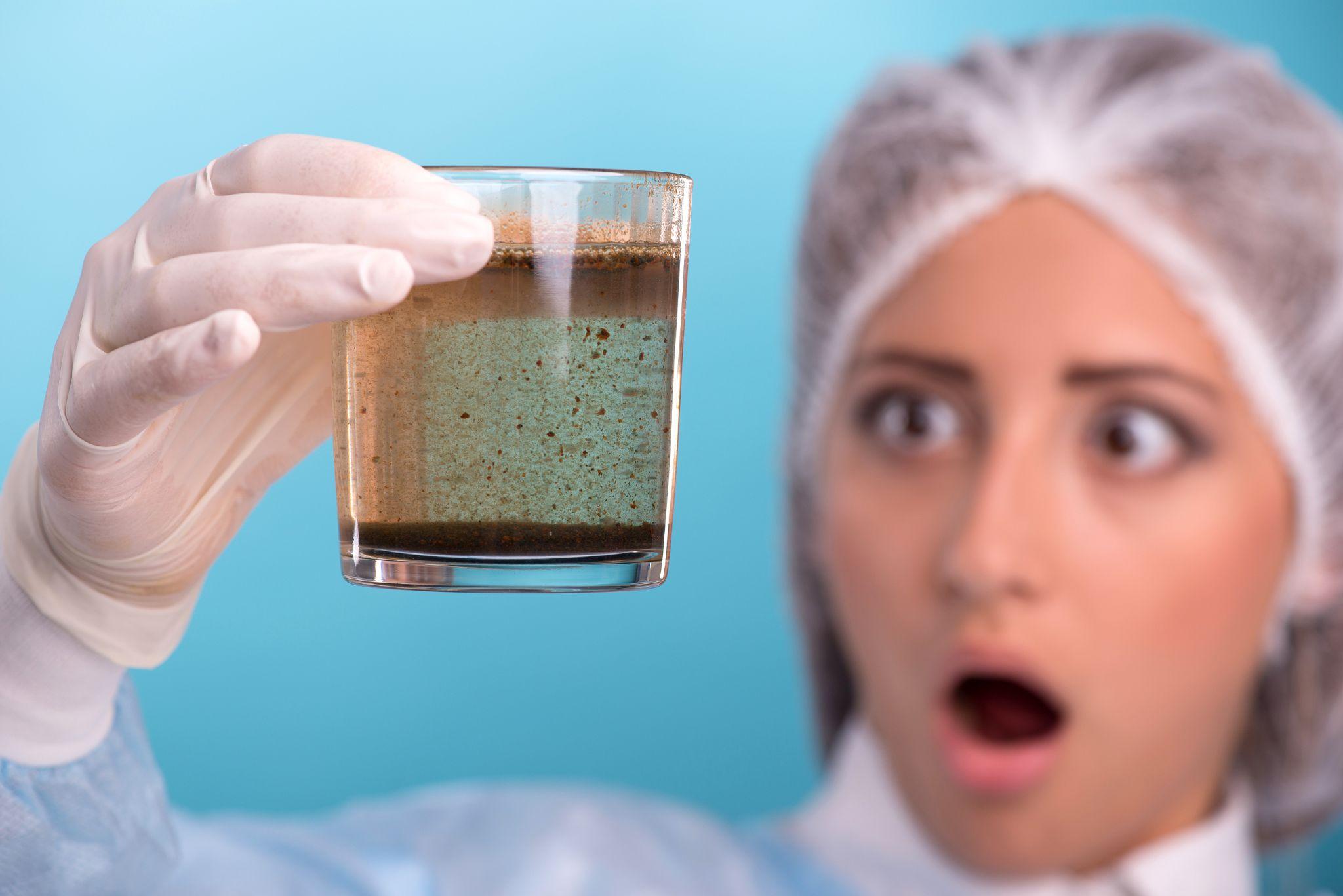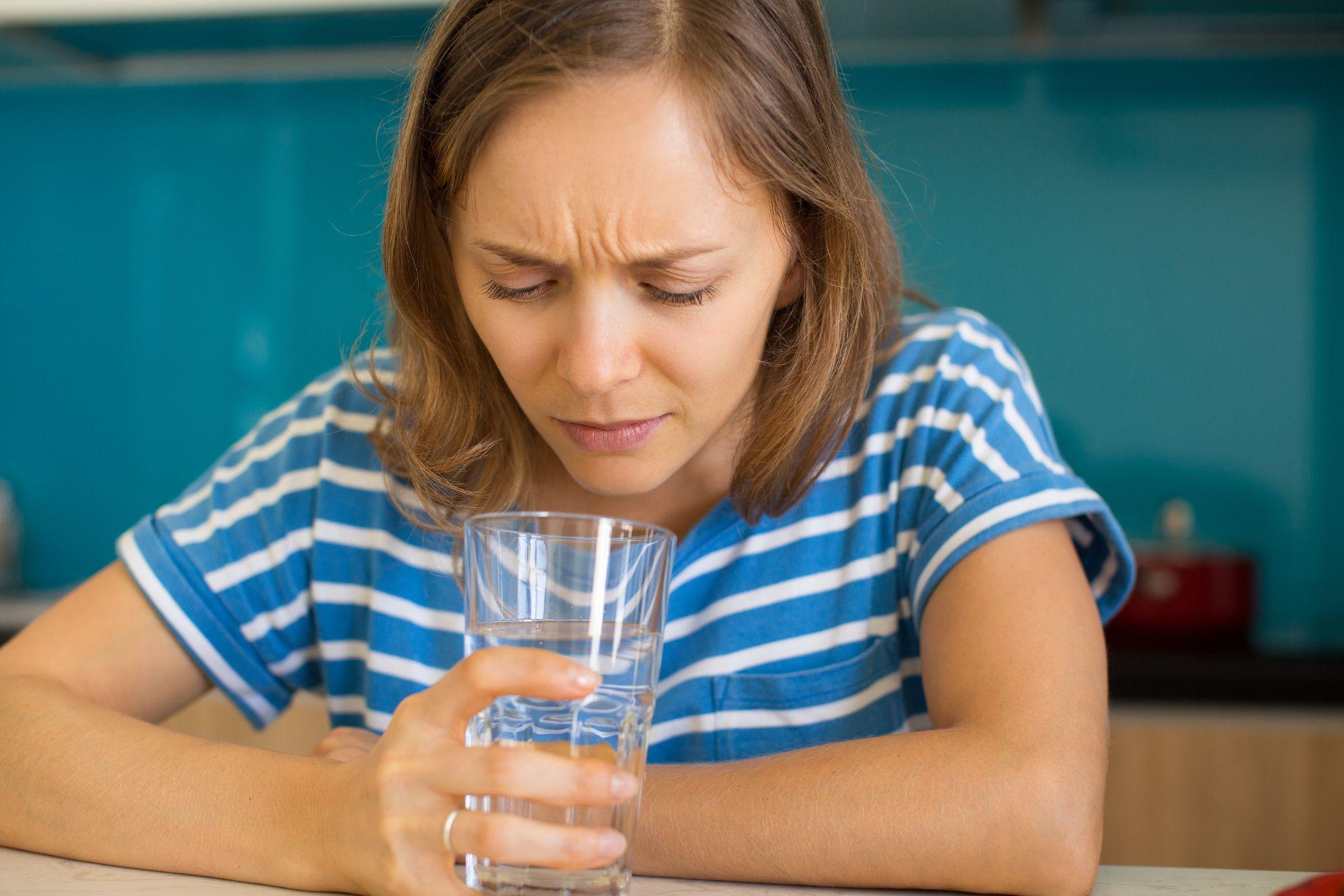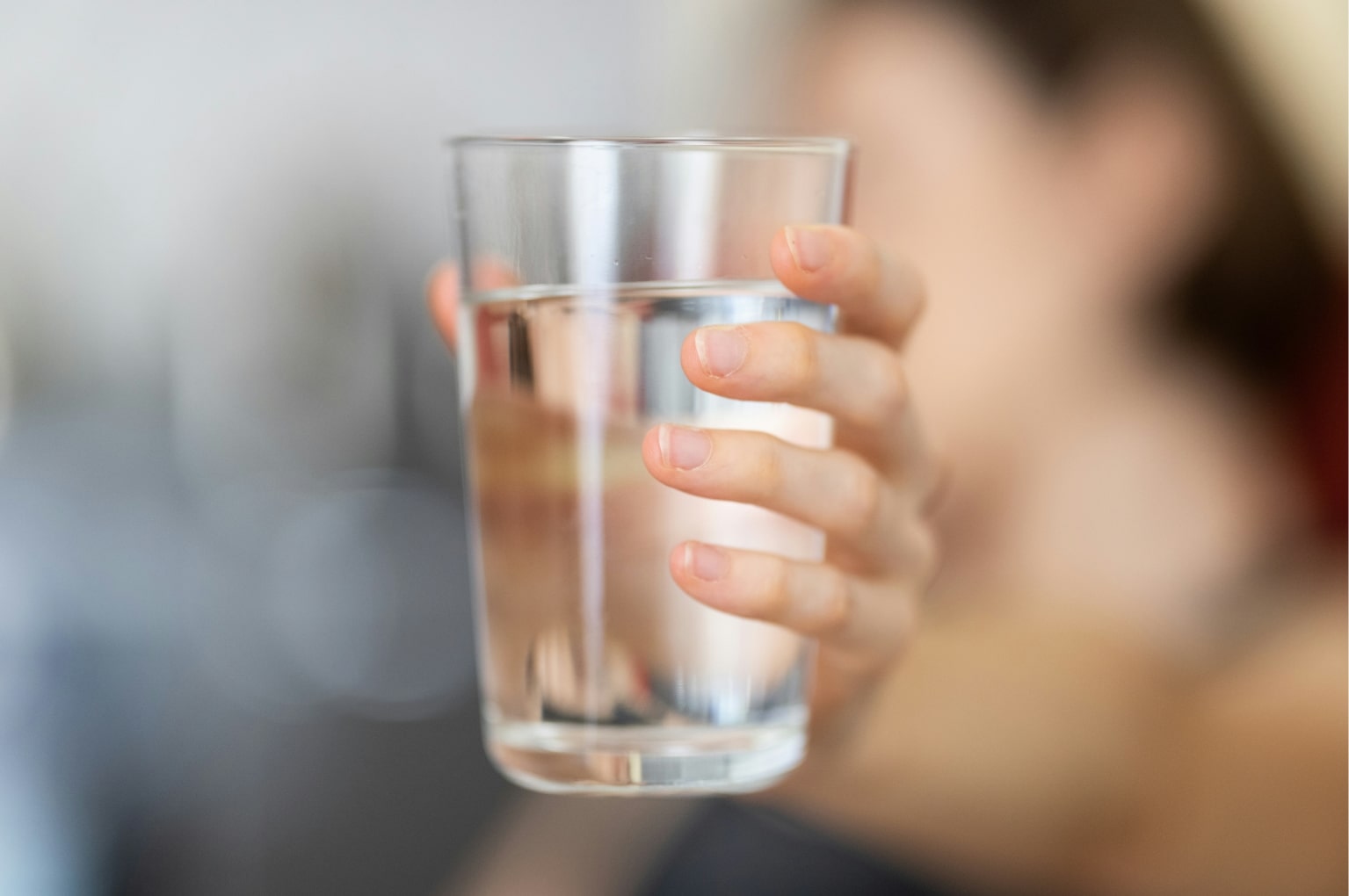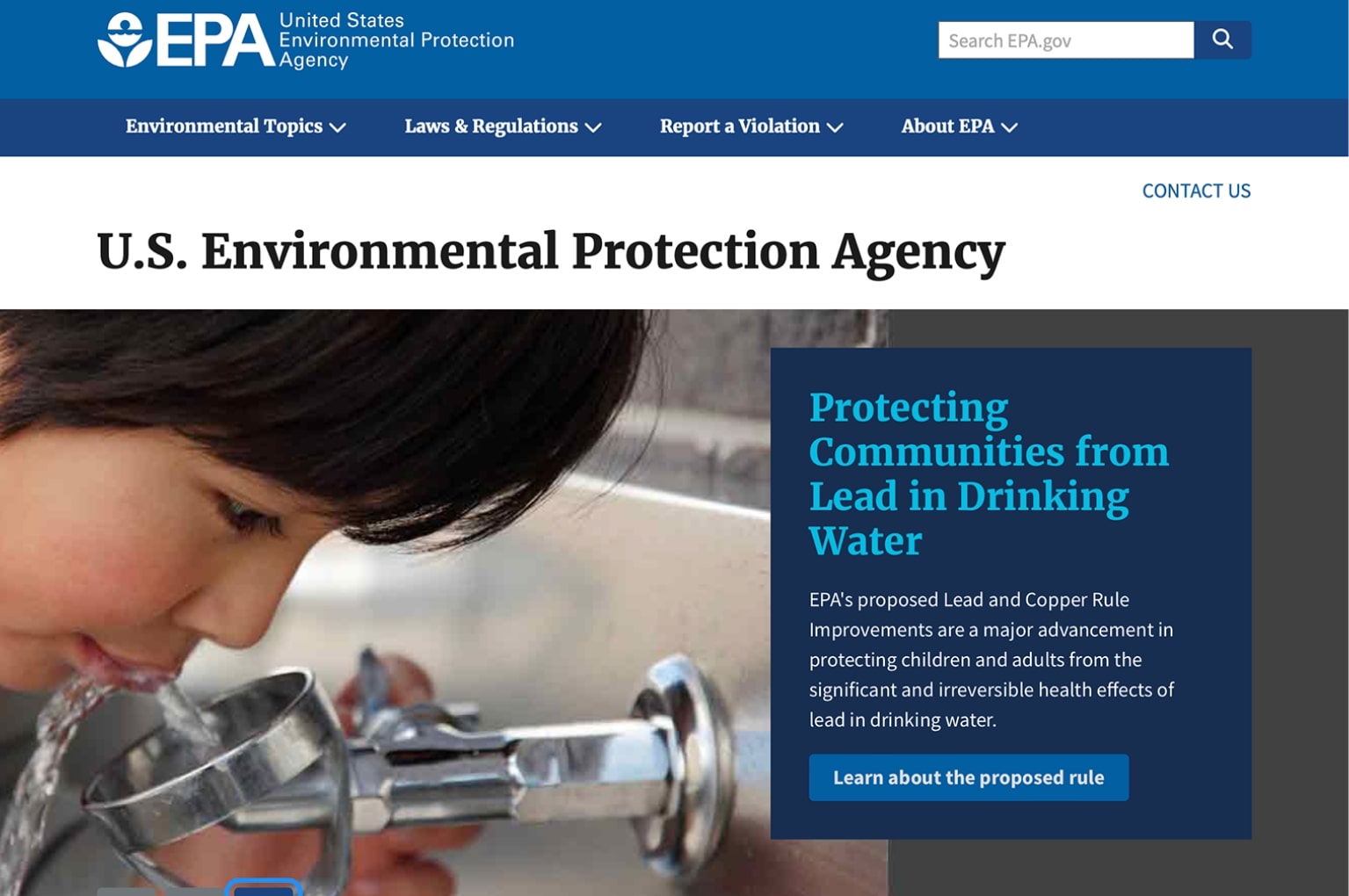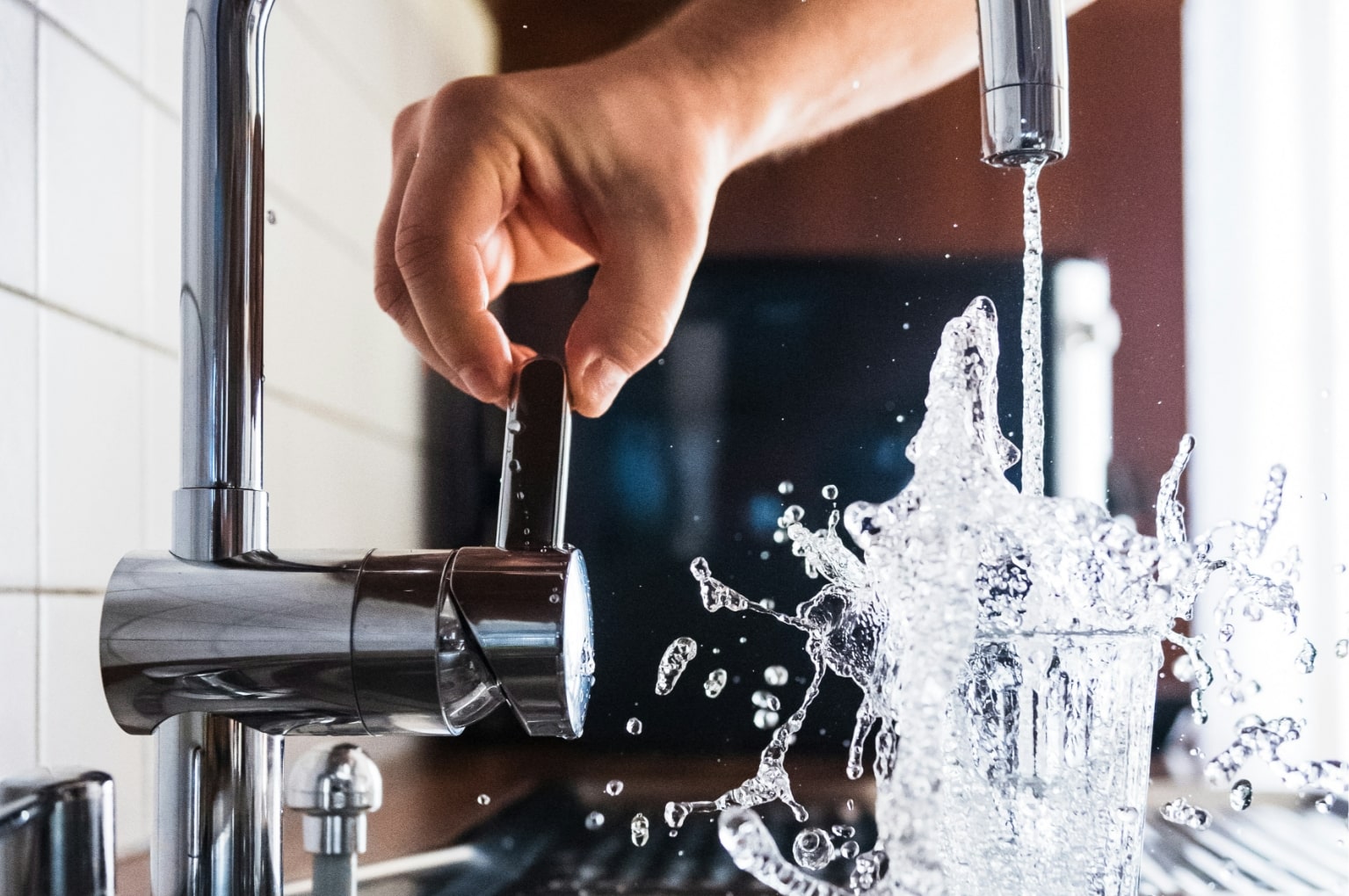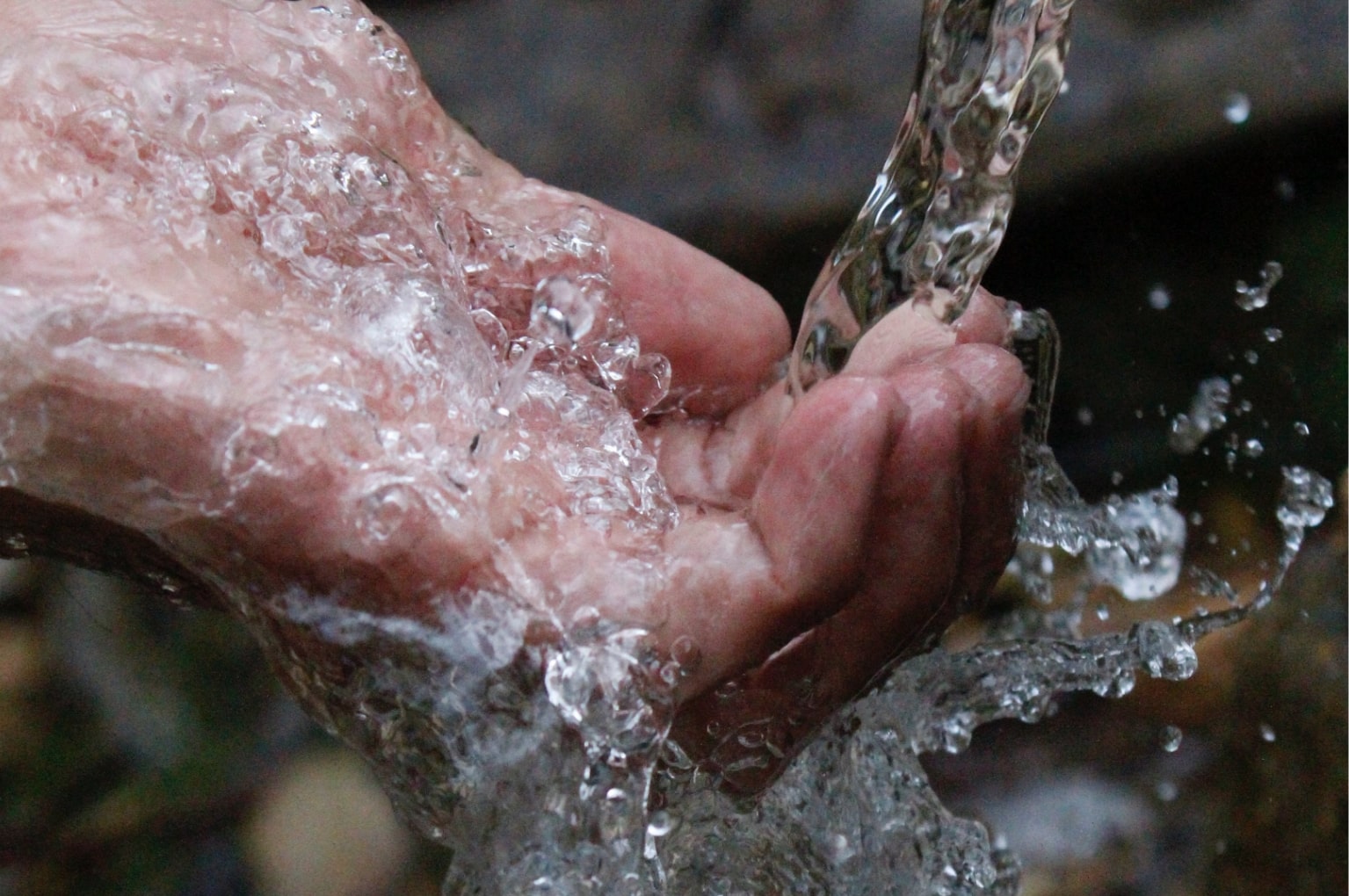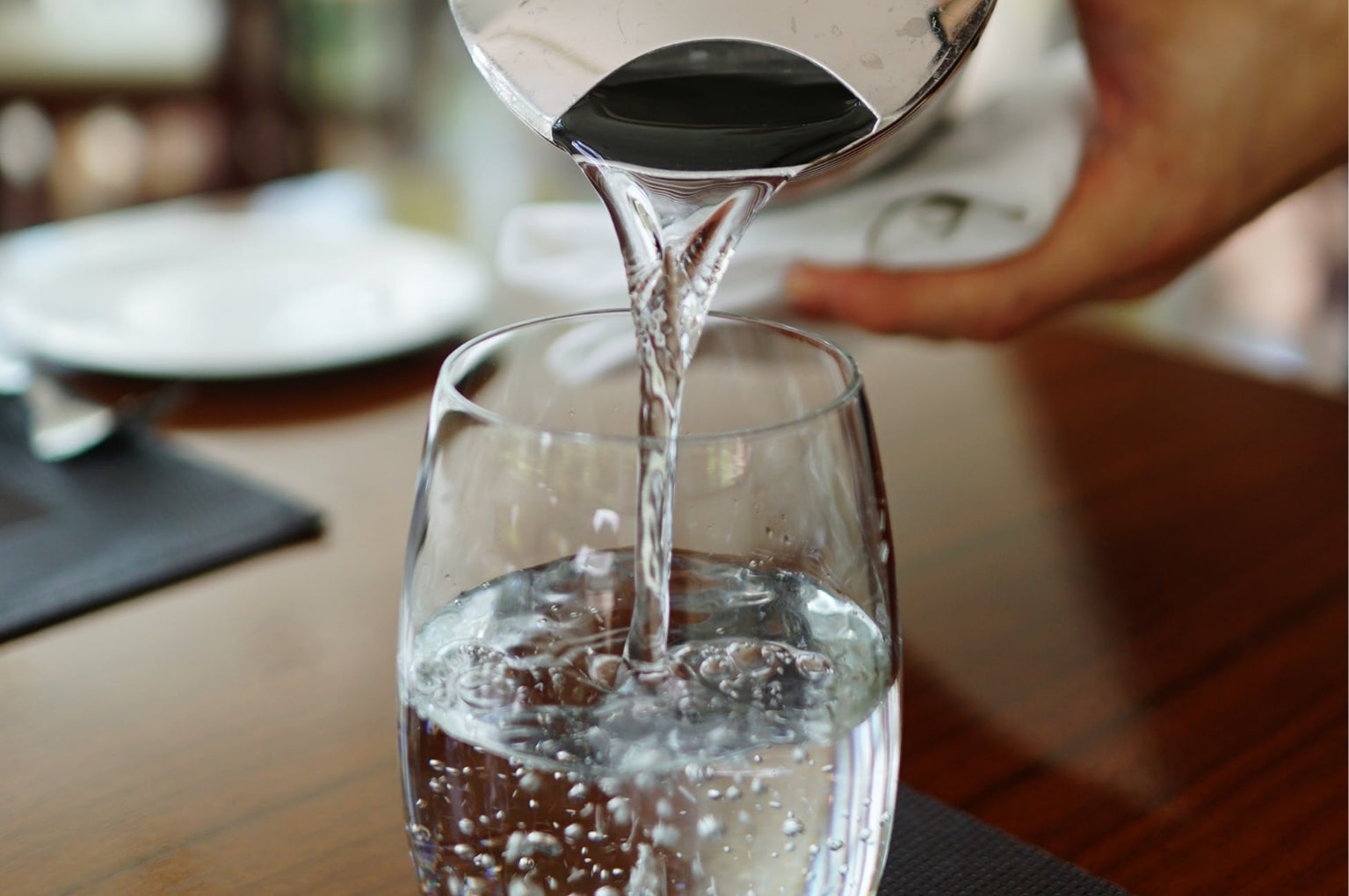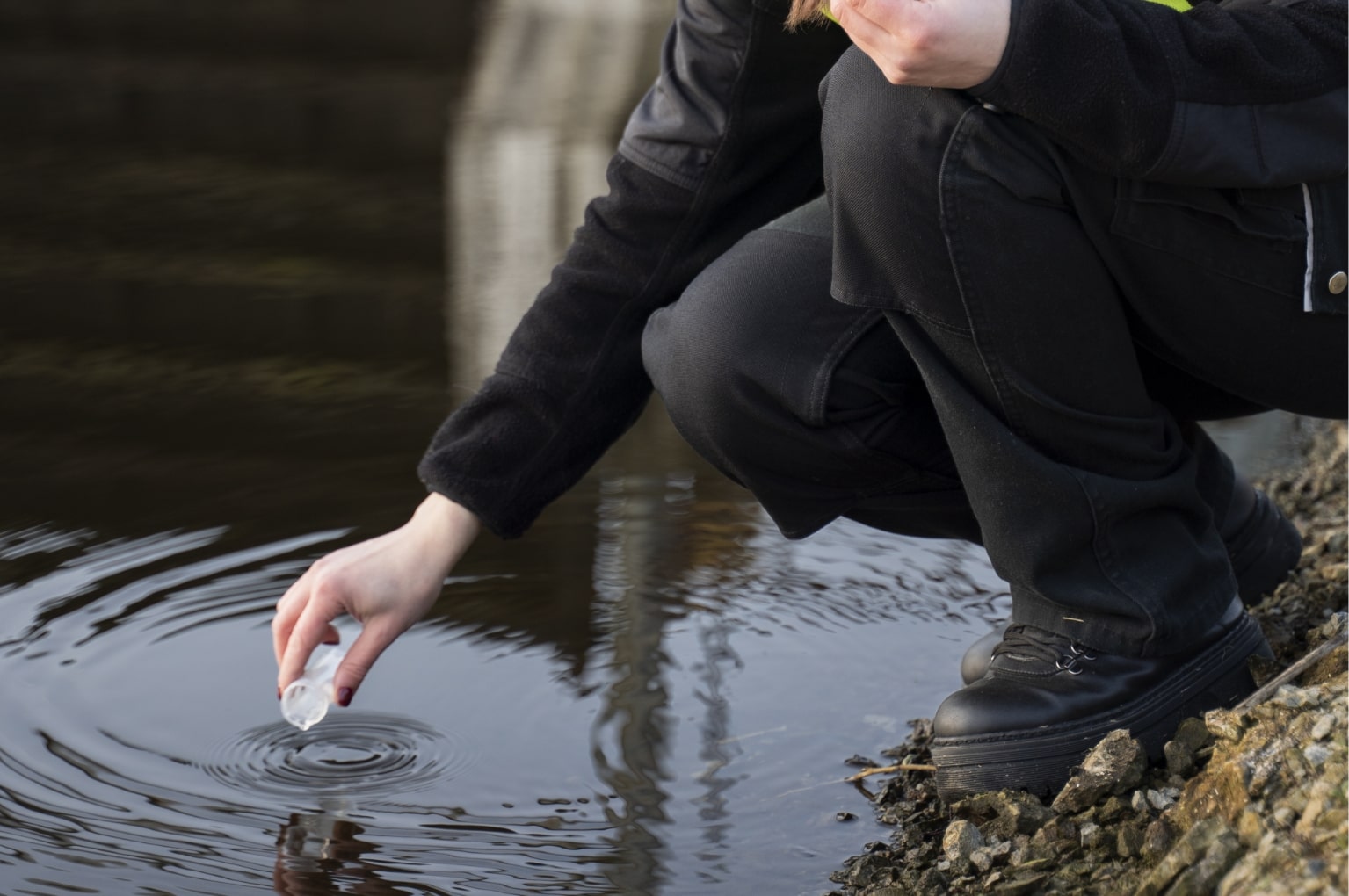
Between bottles stacked in corners, invoices piling up, and yet another delayed delivery, the traditional water cooler routine often creates more hassle than hydration for busy workplaces.
Switching to a bottleless water cooler changes that experience entirely, clearing the clutter and providing clean, filtered water that’s always ready when you need it. With one less thing to manage, teams can move through the day more efficiently.
In this article, we’ll break down five clear reasons to make the switch, plus a few smart upgrades that can make your office even more functional and inviting.
What is a Bottleless Water Cooler?
Bottleless water coolers look and function much like traditional water coolers found in most offices. But there’s one important difference: instead of using plastic jugs, they filter tap water directly, on demand.
Inside the cooler housing, you’ll typically find advanced filtration, reverse osmosis, activated carbon, or both. These systems work together to reduce a wide range of common contaminants, delivering filtered water for every pour.
It’s a more sustainable alternative to bottled water coolers, which rely on single-use plastic containers and regular delivery schedules. A bottle-less system connects directly to your building’s water line. There is no bottle storage and no waiting for the next delivery. Water is filtered right at the source, just when you need it.
Like a traditional water cooler, bottleless models can dispense both cold and hot filtered water. Want to make a hot beverage for a morning meeting? Or enjoy a cold glass in the afternoon? Simply push a button. You get all the same functionality that a traditional cooler provides, plus additional benefits for your team.
For today’s office environments, bottleless water coolers offer reliable hydration and a cleaner way to keep everyone refreshed throughout the workday.
Top Reasons to Swap to a Bottleless Water Cooler
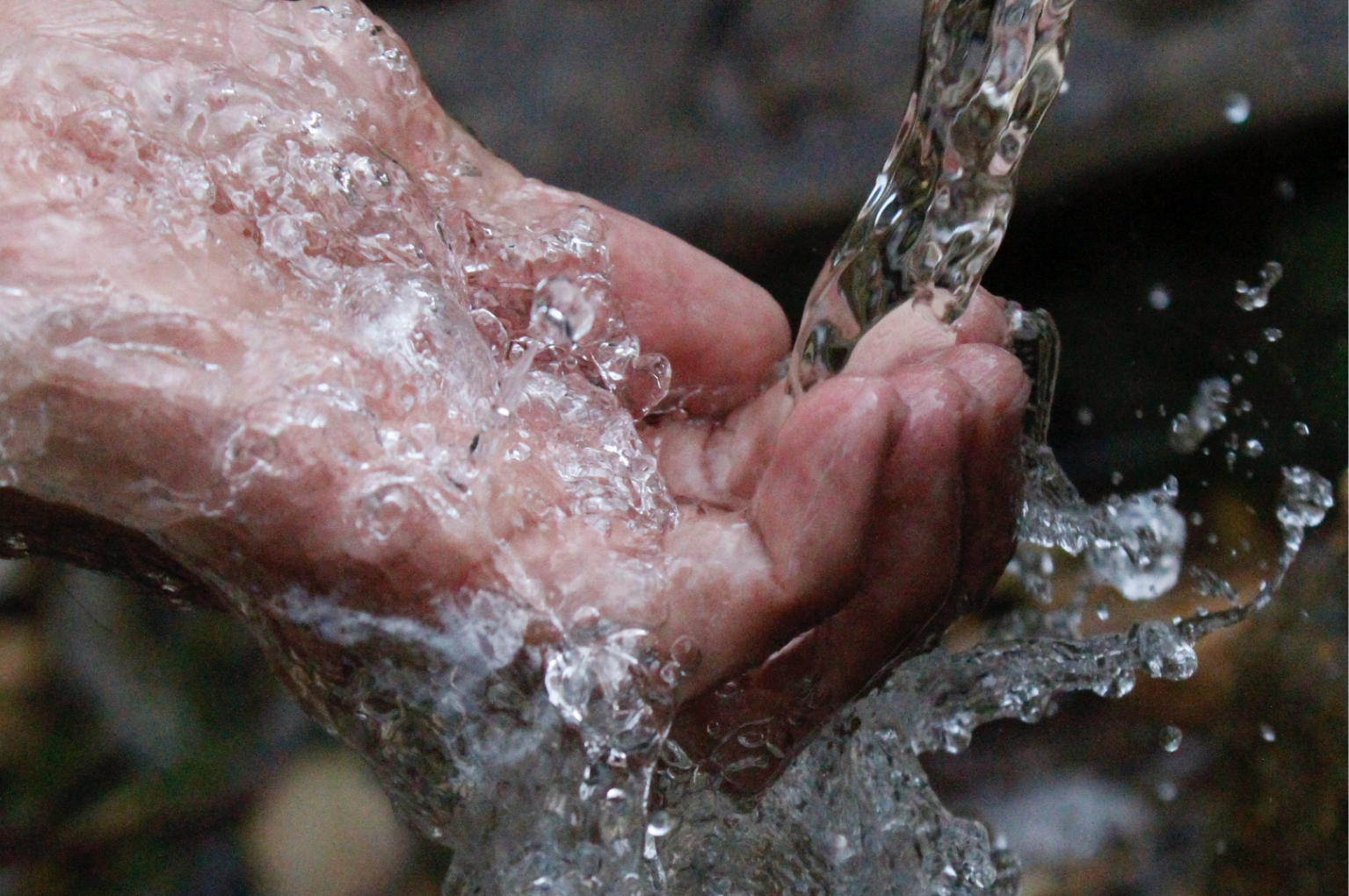
A bottleless system is a practical upgrade if you’re searching for a reliable water cooler for your office.
The fact is, there are many drinking water solutions available for the business environment. One of the most common is a traditional bottled water delivery service. This model delivers a set number of 5-gallon bottles at regular intervals, keeping your office supplied week after week. When the new bottles arrive, the empty ones are picked up.
Some services offer the use of a traditional water cooler for a small monthly rental fee, or in other cases, an office could buy the unit and simply pay for water to be delivered.
Traditional bottled water delivery might seem cost-effective. It often looks cheaper than buying cases of personal-sized bottles.
But hidden hassles stack up fast. Shared pools to fund the water service need constant coordination. Storage for those bulky bottles eats up space. And for many offices, water is a perk. Managing it becomes a chore that drags on.
So what makes bottleless coolers the smarter upgrade for your team?
The answer lies in the details. Simplicity comes first with a system that filters tap water on demand. Then come the savings; no more delivery fees or bulky bottle expenses. A workspace that works better for everyone follows close behind.
What’s more, your team gets fresh, filtered water every time they need it. It’s a small change that plays a big part in your office’s daily rhythm.
Here are our top reasons why your office can benefit from swapping to a bottleless water purification cooler:
1. More Cost-Effective
Our number-one reason you should make the switch to a bottleless water dispenser is that you’ll save money.
The cost of bottleless water coolers is embedded in the unit itself and ongoing maintenance of that unit. In a bottleless water cooler, you’ll need to replace filtration media periodically, which represents a regular ongoing cost.
Most bottled water delivery services charge per jug, and those fees add up quickly, especially as your team grows.
Managing deliveries, storage, and inventory becomes another line in the budget.
However, bottleless water coolers have a far lower ongoing cost compared to a traditional water cooler setup. That’s because tap water is simply so much cheaper than bottled water. According to the City of San Diego, commercial customers pay about $8.41 for one hundred cubic feet of water, which equals 748 gallons.
To put it another way, a gallon of tap water costs less than a penny, while bottled water can average up to $0.64 per gallon at the store. The price difference adds up quickly for any office, especially those with larger teams or high hydration needs.
That means offices pay pennies per gallon from the tap, while bottled water costs dollars for the same amount.
As the weeks go by, the gap widens. For offices using several large bottles a week, the annual savings can be significant, often reaching hundreds or even thousands of dollars, depending on your team’s size and hydration needs.
The result is simple: filtering your own water on demand costs less, with fewer invoices and far better control over your budget, all without sacrificing quality or convenience.
2. More Environmentally Friendly
Think about the journey your water takes before it ever reaches your glass.
It might seem convenient to order bottles for the office, but there’s a bigger story behind every delivery. The process starts long before anyone even opens the break room fridge.
Bottled water is not an environmentally friendly drinking water solution, no matter how large your bottles are. There is an environmental impact at every stage of the supply chain required to get each water bottle to your office. Those include:
- Extraction of raw materials for the production of the bottles.
- Pollution and emissions resulting from producing the bottles and transporting them to be filled.
- Emissions from the filtration and filling process.
- Emissions from transporting the bottles to your office.
Even if those bottles are reused for a period, their manufacturing and delivery footprint remains significant, and many eventually end up in landfills or incinerators.
Bottled water delivery systems create a constant stream of environmental impact. Regular deliveries burn fuel, and used bottles eventually need to be replaced or discarded, which adds to waste and emissions over time.
Bottleless coolers offer a cleaner solution. They connect directly to your building’s water supply, filtering tap water on demand without the need for trucks, plastic bottles, or constant replacements.
This alone makes bottleless water coolers a far more environmentally friendly water dispenser than a traditional water delivery model.
And with a bottleless cooler, you don’t have to worry about the environmental impacts of producing bottles or disposing of them.
A mid-sized office can eliminate the use of 20 or more plastic jugs per month, cutting over 1,200 pounds of plastic waste each year. And while some plastic is recyclable, the reality is that fewer than 30% of large water jugs actually get recycled.
For eco-conscious offices and LEED-certified buildings, this makes a bottleless solution the obvious choice. By switching to tap filtration, you eliminate single-use plastic waste and reduce your carbon footprint. All while still enjoying clean, cold, and great-tasting drinking water.
It’s also a smart move for homes that want to cut plastic use and energy waste. Installing a compact, efficient water dispenser for home use can support your personal sustainability goals.
3. Equal or Better Protection Against Contaminants
Which type of water feels safer to you, bottled or tap? If you said bottled, you’re not the only one. Many people trust bottled water more, often assuming it’s cleaner. But what’s inside the bottle might surprise you.
While many of us prefer the clean, filtered taste of bottled water to tap water, it would be a mistake to assume that taste means your bottled water is somehow free of contaminants. Many bottled water producers use municipal water as their base product, which they then filter, package, and sell at a significant markup.
This creates a common misconception: bottled water must be safer. But in reality, what you’re buying is often just repackaged tap water.
Unfortunately, bottled water doesn’t have the same testing and reporting requirements as municipal water suppliers. Testing is often done by the company itself, and the results of those tests are rarely accessible to the public.
Municipal water suppliers are required to test and treat their water under strict regulations, and most deliver safe, reliable drinking water every day.
However, filtering water yourself still remains the best way to ensure that the water you are drinking is consistently contaminant-free. And you can do this using proven water filtration systems. Our systems integrate two different filtration methods to remove the widest range of contaminants.
Reverse-osmosis filtration is widely recognized as the best available treatment for most non-organic contaminants found in your water supply. A subsequent multi-stage activated carbon filtration captures organic contaminants like Volatile Organic Compounds (VOCs), as well as disinfectants like chlorine.
This dual-filtration system offers a significantly higher level of protection than most bottled options. Reverse osmosis targets lead, arsenic, nitrates, and heavy metals, while activated carbon removes chlorine, pesticides, and pharmaceuticals.
The results with a Rayne Water bottleless water cooler speak for themselves. You’ll have consistently clean drinking water every time.
4. Ease of Use
Bottleless cooler solutions are easier to use and more accessible for everyone. Traditional water coolers require the user to lift and load a 42-lb jug, which is simply not realistic for many people. Individuals who have limited mobility or existing health conditions may not be able to replenish the cooler with a fresh bottle.
Even in offices where most staff can manage the task, lifting heavy jugs regularly increases the risk of workplace injury, especially with top-loading dispensers.
This becomes even more of a liability in shared or high-traffic environments, where spills, strain, or awkward bottle handling can lead to accidents or downtime.
In contrast, bottleless water coolers are accessible to everyone. There are no bottles to replace, so you’ll have continuous, on-demand access to clean drinking water.
5. Saves Space
Imagine you step into your office break room and while inside, you notice that the countertop is crowded and racks loaded with full bottles line the walls. Empty bottles pile up, waiting for the next delivery. Every time someone grabs a drink, they weave around obstacles, squeezing past stored plastic jugs just to get a glass of water.
It’s an all-too-familiar scene and a clear sign of how much space bottled water coolers really take up.
Bottled water coolers take up a lot of space. While the unit itself is fairly compact, you also have lots of bottles, both full and empty, that you’ll need to store. And you might think that a rack can be a great way to store bottles, but those take up lots of space too.
Leaving the bottles out on the floor isn’t much better. You can limit how much space is taken up by your bottles by scheduling more frequent deliveries, but ultimately, you will need to figure out where to store full and empty bottles.
That storage challenge only grows with office size. The more people you’re hydrating, the more floor space you’ll need to dedicate to bottles, racks, and rotations.
That real-estate can be put to much better use like adding a coffee station, extra seating, or simply keeping the space clean and open.
With a bottleless water cooler, you’ll only have to worry about a footprint that’s about the size of your existing cooler.
No bottle storage means no need for racks, stacks, or deliveries. What’s more, a bottle-less water dispenser fits cleanly against a wall, under a cabinet, or in any tight corner, making it ideal for small break rooms and coworking spaces.
Other Benefits to Consider

Beyond cost and convenience, switching to a bottleless water system offers long-term advantages that improve daily operations, employee well-being, and environmental impact. These benefits make it a smart, future-focused solution for offices and homes alike.
Consistent Water Quality
Bottled water can vary by batch or supplier, leading to changes in taste and safety. Bottleless water dispensers filter tap water on demand, delivering consistent quality every time. Rayne Water’s dual system uses reverse osmosis and activated carbon to remove both inorganic and organic contaminants.
Better for Team Morale & Health
Easy access to hot and cold filtered water encourages hydration throughout the day. Even mild dehydration has been shown to reduce focus, memory, and alertness. Bottleless systems help maintain productivity by making clean water convenient and always available.
Reduce the Carbon Footprint of Office Operations
Producing and transporting bottled water is energy-intensive. In 2006 alone, the U.S. used over 17 million barrels of oil just to manufacture plastic bottles. A bottleless water dispenser eliminates that waste, helping businesses meet sustainability targets while reducing plastic use and delivery emissions.
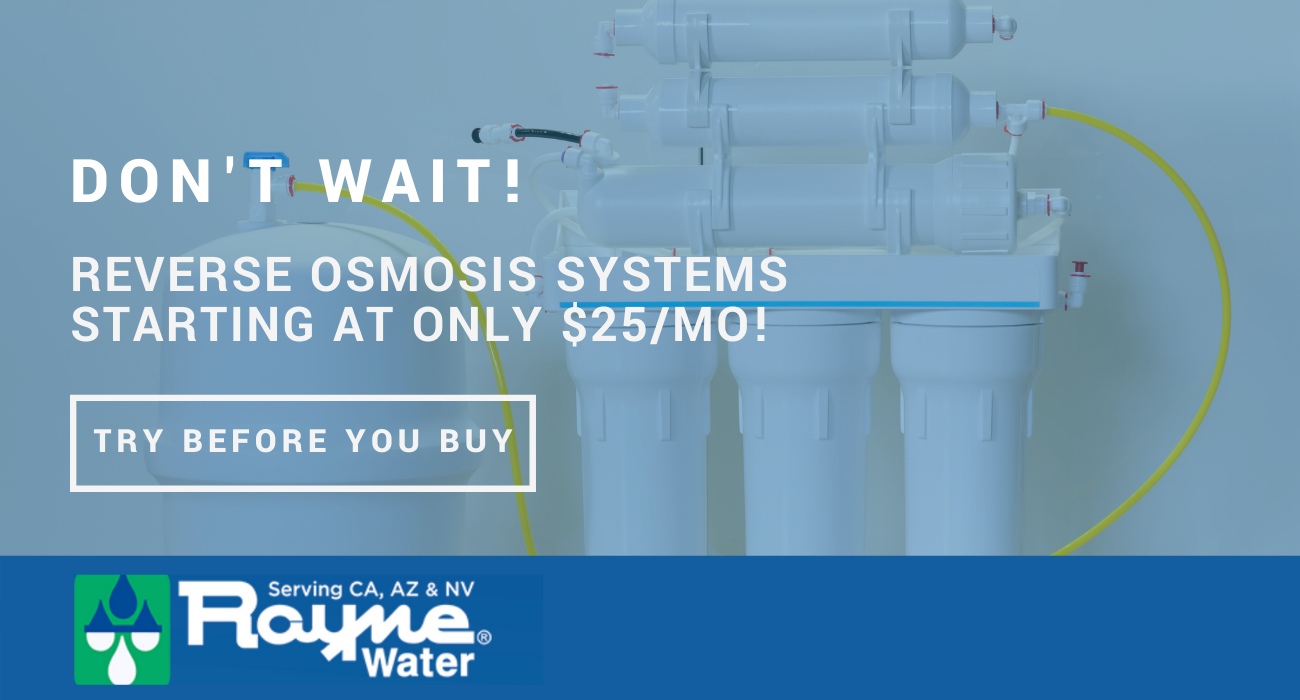
Who Should Get a Bottleless Cooler?
For Large Offices
Picture a busy office. People line up at the water cooler, heavy bottles crowd the break room, and someone always ends up wrestling with a refill.
Now imagine the same space with a bottleless cooler. The heavy lifting is gone, and hydration becomes seamless, all thanks to one simple upgrade.
For Small and Medium-Sized Businesses
Smaller teams face their own challenges. In a compact office or shared kitchen, empty bottles eat up valuable space. Managing deliveries becomes one more chore in a long list. A bottleless system brings simplicity. Fresh water flows at the touch of a button. Suddenly, there’s room to breathe, and nobody has to worry about bottle rotations or who’s next on refill duty.
For Eco-Conscious and Cost-Focused Workplaces
Some offices are driven by a bigger purpose. They want to control costs, reduce waste, and make a real difference. Switching to a bottleless cooler means less plastic, fewer deliveries, and a lighter environmental footprint. Filtered water is always available, and the workplace feels forward-thinking, aligned with sustainability goals.
How to Choose the Right Bottleless Water Cooler

Not all water coolers are created equal. The right system depends on how much water you need, who’s using it, and where it’s going. A bit of planning up front will help you choose a model that fits your space, matches your usage, and delivers long-term value.
Consider Your Office Size and Usage
Choosing the right bottleless water dispenser starts with understanding your space and daily water needs.
Small offices or remote setups may only need a compact unit for a few gallons per day, while larger teams or shared kitchens often require higher capacity, especially if hot water is used frequently. Customer-facing spaces may benefit from quieter, modern designs to maintain a polished look.
Also, consider how much floor or counter space is available. Some units are freestanding, while others fit neatly on a countertop. Rayne Water offers models to match your layout, usage, and style, ensuring the perfect fit from day one.
Key Features to Look For
The best bottleless water dispensers use multi-stage filtration, combining reverse osmosis and activated carbon to remove a wide range of contaminants. Look for models that offer both hot and cold water, or tri-temp options for added flexibility. Systems certified by NSF, WQA, or Energy Star meet strict quality and efficiency standards.
Touchless features are great for hygiene-focused workplaces, while larger dispensing areas are useful for tall bottles and mugs. If you’re adding a water cooler for home use, choose a compact model with easy-to-use temperature controls.
Maintenance and Service Considerations
Ask how often filters need to be changed and if maintenance is included. Choose providers that offer service plans, support, and built-in alerts for filter changes. A good warranty should cover parts and labor, offering peace of mind for offices and homes alike.
And it doesn’t matter if you’re using a water dispenser for home or in a busy office, maintenance should be simple and reliable.
Bottleless Water Cooler vs Other Filtration Options
Many water systems work in the short term, but few match the long-term convenience and value of a bottleless cooler. It’s a cleaner, simpler, and more cost-effective solution for both office and home use.
Bottleless Cooler vs. Bottled Water
Bottleless water coolers remove the recurring costs and hassle of bottled deliveries. There’s no need to schedule drop-offs, lift heavy jugs, or find space to store empties. Water comes straight from the tap, filtered instantly, saving time, effort, and money.
They’re also more hygienic. Bottled jugs are exposed to handling and air, while bottleless water dispensers use closed systems that filter on demand. It’s a cleaner, safer option for both offices and as a water dispenser for home use.
Bottleless Cooler vs. Countertop Filters
Pitcher and countertop filters may work for individuals, but they’re not built for shared or high-use spaces. They need constant refilling, filter slowly, and lack advanced purification.
Bottleless coolers deliver filtered water at higher volumes with better protection, including reverse osmosis. They connect directly to plumbing, offering seamless, always-on access. This is ideal for busy homes and offices needing more than a few cups a day.
Why a Bottleless System Is the Best All-In-One Solution
Bottleless units combine filtration and a modern look in one compact system. They offer the lowest cost per gallon, with no bottle lifting or filter refills to manage.
With consistent quality and easy operation, a bottleless water cooler is the most efficient long-term hydration upgrade available.
Could a Bottleless Water Cooler Simplify Your Office Life?

Bottleless water coolers eliminate the many drawbacks of a traditional bottled water delivery service.
A Rayne Water bottleless water cooler will save you money over the years due to the extremely low cost of tap water compared to bottled water. With some regular maintenance and the cost of the unit, you’ll have access to many tens of gallons of clean, filtered drinking water a day for pennies a gallon.
At the same time, bottleless solutions are more environmentally friendly than bottled water.
Even 5-gallon water jugs can have a big impact on the environment, but the delivery and pickup cycle inherent in the bottled water delivery model may cause even greater harm.
Plus, with a bottleless solution, you won’t have to worry about where to store your full and empty bottles in between deliveries. You’ll also get rid of those unwieldy, 42-lb bottles that many people can’t lift.
Ready to upgrade your office hydration? Contact Rayne Water today to discover the best bottleless water solution for your business and start saving money while making your workspace more efficient and sustainable.
FAQs
Is a bottleless water dispenser better than bottled water for home use?
A bottleless water dispenser for home use filters water on demand, removing the need for heavy jugs or recurring delivery fees. It’s more convenient, space-saving, and delivers consistently clean water with less environmental impact.
What kind of filtration does a bottleless water cooler use?
Most high-quality bottleless water coolers use multi-stage filtration, including reverse osmosis and activated carbon. This combination removes contaminants like chlorine, lead, and VOCs, making it one of the most effective options for safe drinking water.
How much maintenance does a bottleless water cooler require?
Maintenance is minimal. Most water dispensers only need a filter change every 6 to 12 months. Providers like Rayne Water also offer service plans with scheduled maintenance and system alerts, so you never miss a replacement.


